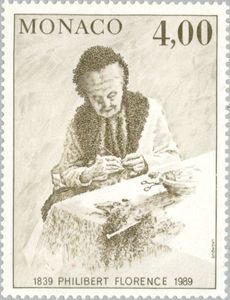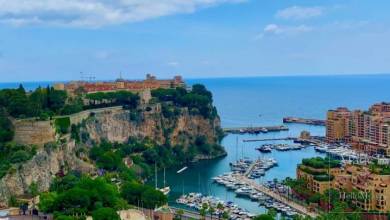Famous Monegasques: Remembering Philibert Florence, the great artist from Monaco
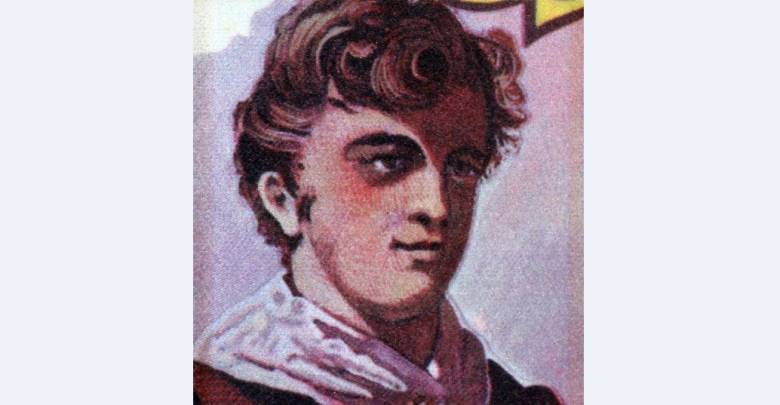
Streets and buildings of Monaco-Ville, stretching from the seaside to the Prince’s Palace, remind us of those who made the Principality the way we see it now. One of the streets bears the name of Philibert Florence, and this year Monaco celebrates the 100th Anniversary of his death.
December 6, 1935. The members of the National Committee of Monegasque Traditions expressed the wish to cherish the memory of their contemporaries who had passed away, but faithfully served the Principality and made a significant contribution to its cultural development. And Philibert Florence was on the list.
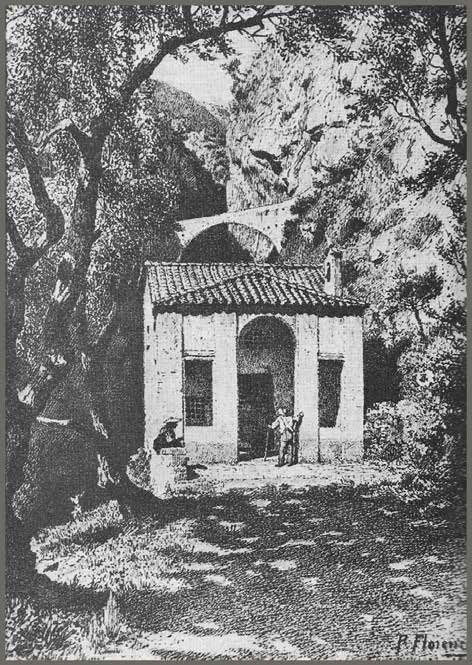
His future as an artist had been predetermined since his childhood. Philippe Antoine Vincent Florence (1839–1918) was born in a Monegasque family, where creativity and art were in the foreground. Philippe, mostly known as Philibert, was the nephew of Hercules Florence, a Franco-Monegasque artist and traveler who started obtaining photographs three years before Louis Daguerre introduced the method which made him famous.
It is not surprising that even as a child Philibert became interested in art and, in particular, in painting and illustration.
In 1859, at the age of 20 Philibert left the Principality and went to Rome, where he began his studies in painting. Interestingly, Charles III provided the financial support for the young Monegasque.
Return to Monaco
Upon returning to Monaco, Philibert set to work. He was commissioned to redo the ceiling frescoes in the Throne Room of the Prince’s Palace. Together with other artists, he also participated in the design of several halls of the princely residence, including the Hercule Gallery. The latter is a real treasure of the palace, as its ceiling is decorated with 13 frescoes, dating from the Renaissance. They depict the laboursof Hercules, as well as scenes of his birth and death. It was built at the request of Prince Honoré II, who wanted to honour the memory of his son Hercule, who accidentally died in 1651.
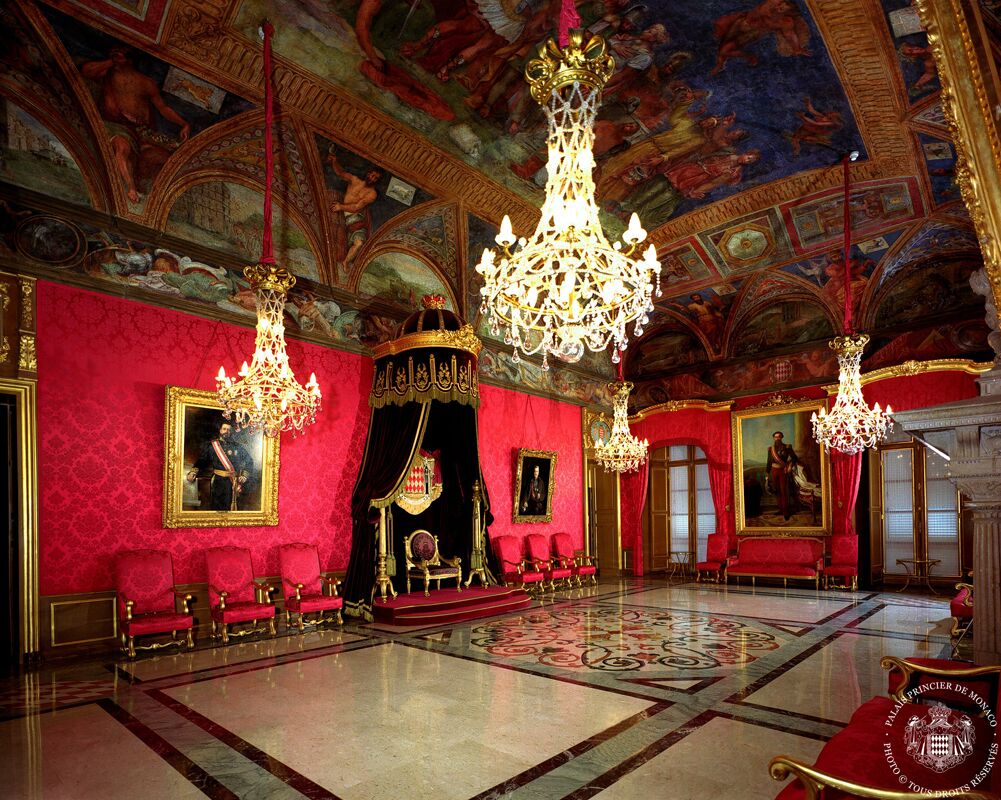
In 1863, Philibert is entrusted to prepare the Good Friday procession. At that time, the ceremony was different from the tradition adopted today. On Friday night by the glow of torchlight Monegasques represented the events of the Passion of Christ in a creative and colourful way. Philibert Florence made costumes for each character.
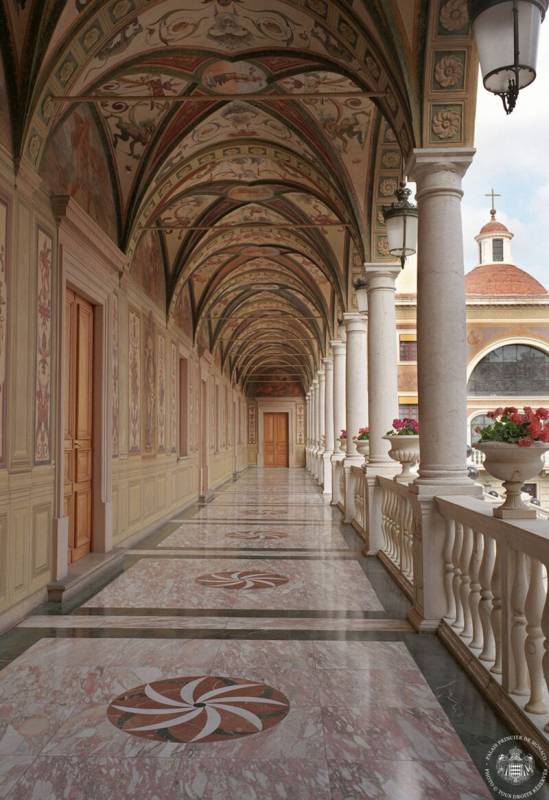
Menton
After his father’s death, Philibert left the Principality to settle in Menton. In the small French town, located near Monaco, the artist opened his studio. Here he started working with representatives of the Russian and English aristocracy, designing their villas. At the same time, Florence taught painting to children of the rich owners of Menton mansions.
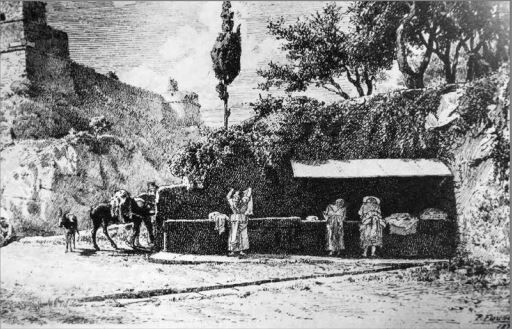
If a great influence of the classical direction can be traced in his style, it is that the colours retain their freshness and beauty, and in the lines there is smoothness and accuracy. Philibert worked in many techniques: from watercolours and pastels to frescoes with a wide variety of compositions.
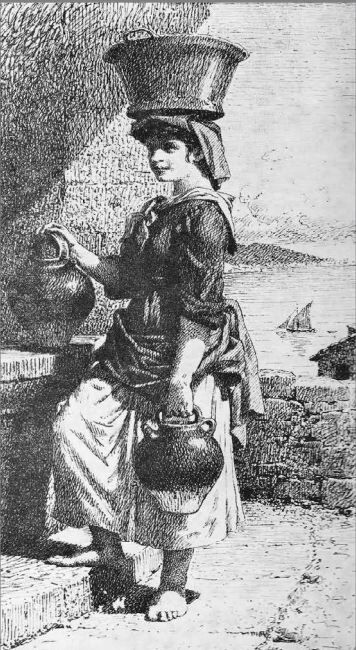
At the end of his life, Florence’s vision began to weaken, and he switched to pen and ink drawings. It was during this period that he created images of local people. A shepherd, a girl collecting lemons, a fisherman laying nets, a fish vendor all flow from his pen…
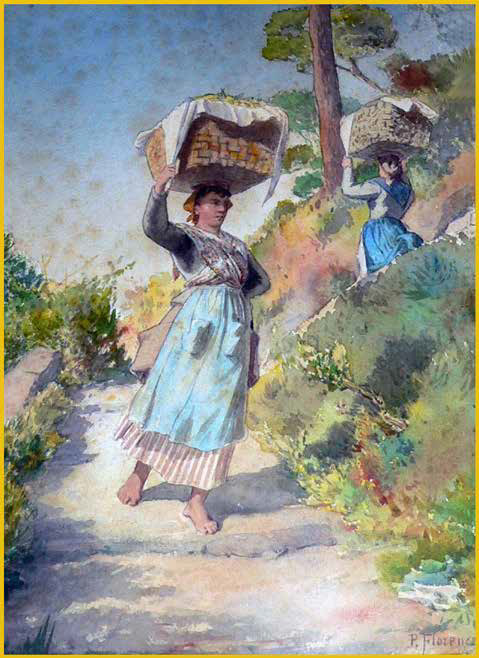
At the same time, he opens a second studio, but this time in Monaco, where he goes from time to time to see old friends and his sisters. For his working space, he will choose a building situated on Princesse Marie de Lorraine street in Monaco-Ville.
The Monegasque artist died on January 25, 1918. He is buried in the cemetery of Monaco, in a family crypt. In the Principality, in addition to the street bearing the name of the artist, in memory of Philibert Florence, several stamps were issued with his works.
